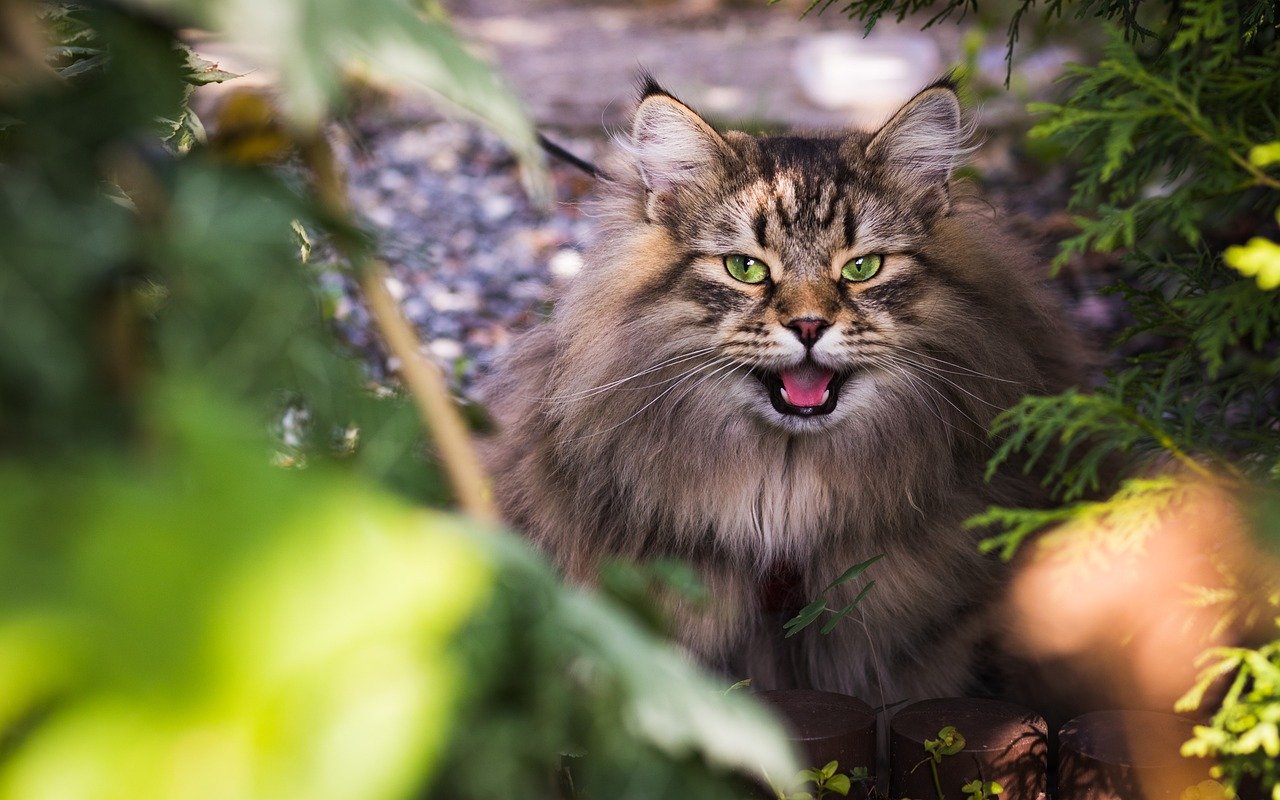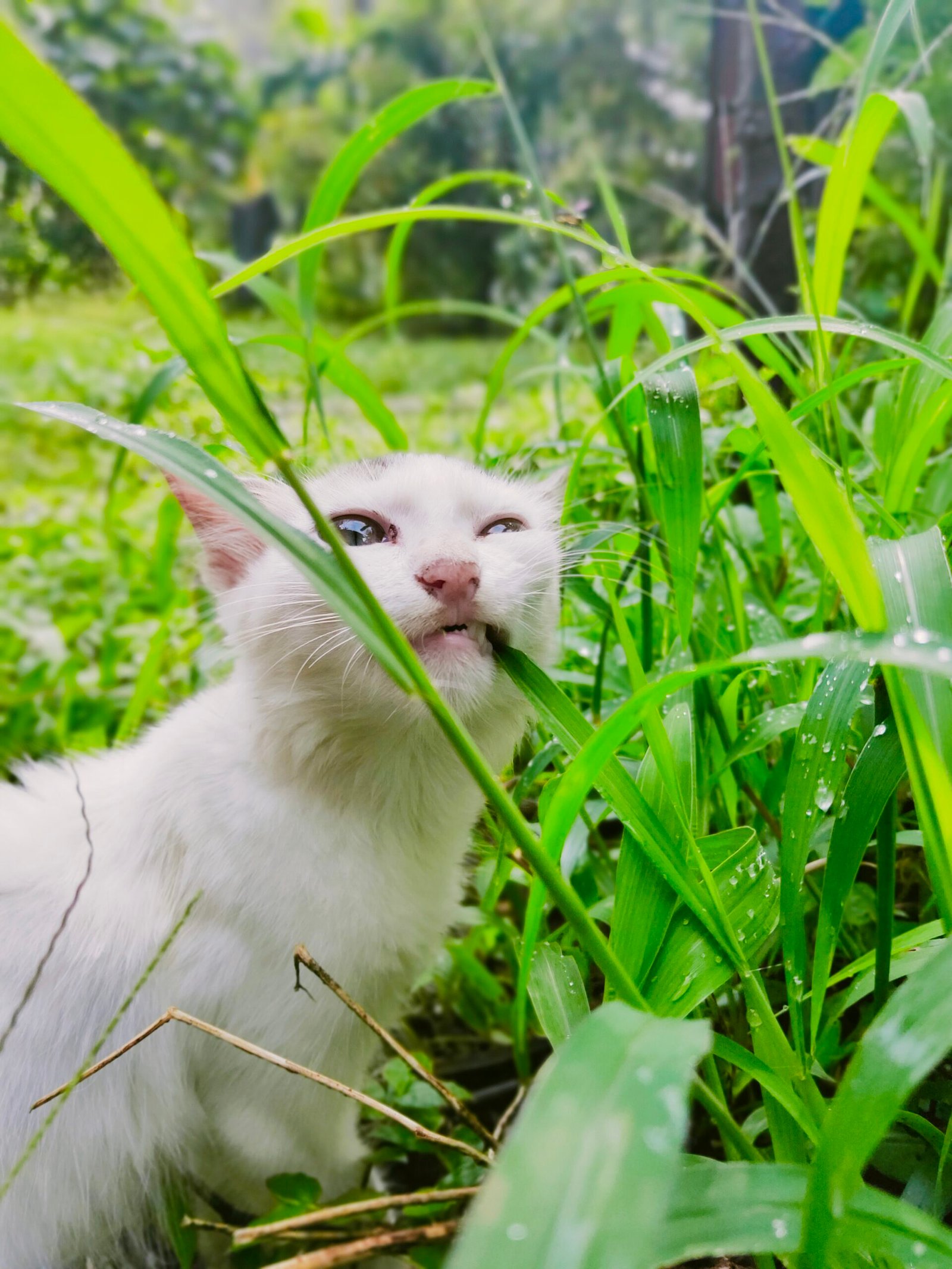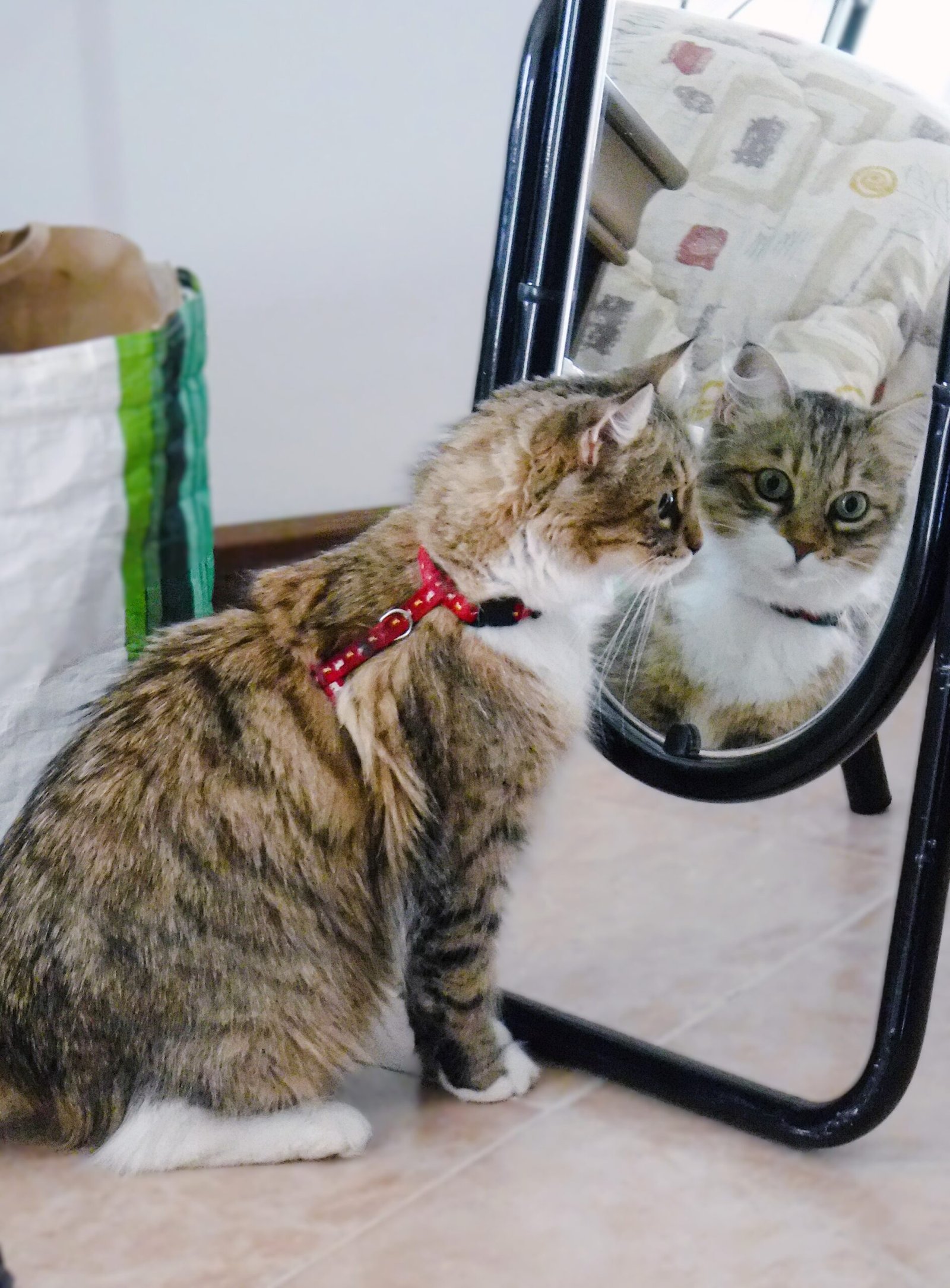Cats are fascinating creatures with distinct personalities and unique behaviors. However, sometimes these behaviors can become problematic, causing distress for both the cat and the owner. Understanding the common mistakes that can lead to behavioral issues in cats is vital for fostering a harmonious relationship with your feline friend. Let’s explore these pitfalls and learn how to avoid them.
Overlooking the Importance of Socialization
Socialization is crucial for a cat’s emotional development, especially during the early weeks of their life. If a kitten is not exposed to various people, animals, and environments, it may grow into a timid or aggressive adult. Imagine a child who never leaves their home; without social interaction, they might struggle in social settings later in life. Similarly, a cat that hasn’t been properly socialized might react with fear or aggression in new situations. Owners can promote socialization by gradually introducing their kittens to new experiences, ensuring positive associations, and providing plenty of gentle handling.
Ignoring the Need for Mental Stimulation
Cats are intelligent animals that need mental stimulation to thrive. Without it, they may become bored and exhibit unwanted behaviors like scratching furniture or excessive vocalization. It’s akin to leaving a child in a room with nothing to do; boredom can lead to mischief. Providing toys, puzzles, or interactive play can keep a cat’s mind engaged. Rotating toys and introducing new challenges can prevent monotony, ensuring your cat remains entertained and well-behaved.
Not Providing a Safe Environment

A cat’s environment plays a significant role in its behavior. If a cat feels threatened or unsafe, it may act out with aggression or anxiety. Consider the analogy of living in a house without locks; the constant feeling of insecurity can be overwhelming. Providing a safe space, free from loud noises or potential threats, is essential. Cats also appreciate vertical spaces like shelves or cat trees where they can observe their surroundings from a safe vantage point.
Neglecting Litter Box Maintenance
A clean litter box is vital for a cat’s happiness and health. Cats are notoriously clean animals, and an unkempt litter box can lead to litter box avoidance. Imagine using a public restroom that’s dirty; the discomfort and reluctance are understandable. Regular cleaning and ensuring the litter box is in a quiet, accessible location can prevent unwanted accidents and ensure your cat uses it consistently.
Overfeeding and Poor Diet Choices

Diet directly impacts a cat’s behavior. Overfeeding or providing a diet lacking essential nutrients can lead to obesity, lethargy, and mood changes. It’s like feeding a child only candy; the nutritional imbalance can affect their mood and energy levels. Consulting with a veterinarian to determine the appropriate diet and portion size for your cat is crucial for maintaining its health and happiness.
Lack of Routine and Structure
Cats thrive on routine, and a lack of structure can lead to stress and behavioral issues. Imagine living in a world where nothing is predictable; the anxiety can be overwhelming. Establishing a consistent feeding, play, and sleep schedule provides a sense of security for your cat. Even small changes in routine can be unsettling, so maintaining consistency is key to preventing stress-related behaviors.
Failing to Address Health Issues

Sometimes, behavioral changes in cats can be a sign of underlying health problems. Ignoring these signs can lead to worsening conditions and more severe behavioral issues. Think of it as ignoring a toothache; the pain can affect your mood and behavior. Regular veterinary check-ups and being attentive to changes in your cat’s habits or demeanor can help catch health issues early, ensuring prompt treatment and resolution.
Using Harsh Discipline Methods
Cats do not respond well to harsh discipline methods, such as yelling or physical punishment. These approaches can lead to fear and aggression, damaging the trust between you and your cat. Consider how a child might react to constant scolding; it could lead to fear and resentment. Positive reinforcement, such as rewards and praise for good behavior, is a more effective approach to training and behavior correction.
Not Providing Adequate Exercise
Physical activity is essential for a cat’s well-being. A lack of exercise can lead to obesity and related health issues, as well as boredom-induced behavior problems. Imagine a dog cooped up indoors all day without a walk; the pent-up energy can lead to destructive behaviors. Regular play sessions with toys like feathers or balls can help keep your cat physically fit and mentally satisfied.
Ignoring Individual Personality and Needs
Every cat is unique, with its own personality and preferences. Ignoring these individual needs can lead to frustration and behavioral issues. It’s like trying to fit a square peg in a round hole; forcing a cat to conform to a one-size-fits-all approach can be counterproductive. Observing and understanding your cat’s likes, dislikes, and natural behaviors can help tailor your care to suit their needs, fostering a happy and well-adjusted pet.
In conclusion, understanding and avoiding these common mistakes can significantly improve the relationship between you and your cat. By providing a nurturing, stimulating, and safe environment, you can prevent many behavioral issues and ensure a harmonious coexistence with your feline companion.
Hi, I’m Bola, a passionate writer and creative strategist with a knack for crafting compelling content that educates, inspires, and connects. Over the years, I’ve honed my skills across various writing fields, including content creation, copywriting, online course development, and video scriptwriting.
When I’m not at my desk, you’ll find me exploring new ideas, reading books, or brainstorming creative ways to solve challenges. I believe that words have the power to transform, and I’m here to help you leverage that power for success.
Thanks for stopping by, Keep coming to this website to checkout new articles form me. You’d always love it!






